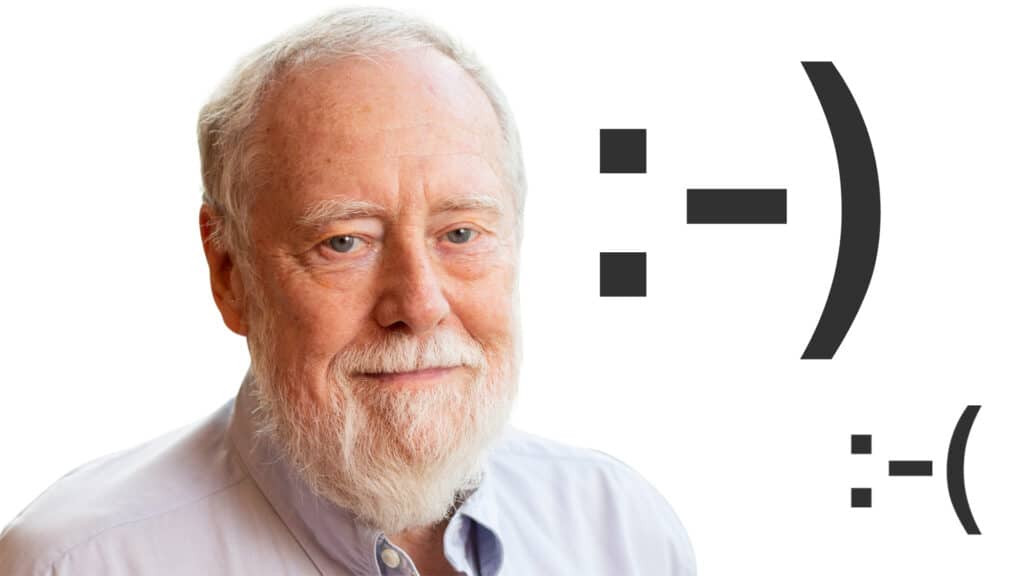The birth of :-) : How the first digital smiley was invented

On Sept. 19, 1982, Scott Fahlman, a research assistant professor at Carnegie Mellon University (CMU), proposed using «:-)» to mark lighthearted comments and «:-(» for serious ones on the school’s digital bulletin board.
This simple suggestion, later called the smiley emoticon, became a milestone in shaping how people communicate tone online, though its creation was a collaborative process, according to Benj Edwards, Ars Technica’s senior AI reporter.
A joke that sparked confusion
The discussion began after a humorous message on CMU’s «bboard» system was mistaken for a real warning. The misunderstanding quickly led to debate over how to prevent similar incidents and avoid the «flame wars» — the heated exchanges — common in online forums when tone is unclear.
In the immediate aftermath, users floated ideas for clarifying intent. One early suggestion was to put an asterisk (*) in the subject line of any post meant as a joke. Others proposed symbols such as %, &, or # instead. At the same time, several people on the network were already informally using the text sequence \__/ to indicate a smile and signal that their remarks were playful.
The emergence of the smiley
Two days after the discussion began, Fahlman suggested using «:-)» for jokes and «:-(» for serious comments, building on earlier ideas. His approach was simple, clear (the characters resembled facial expressions when read sideways), and effective.

This innovation helped the emoticon spread far beyond the CMU campus, shaping how people convey tone across digital platforms for decades to come.

